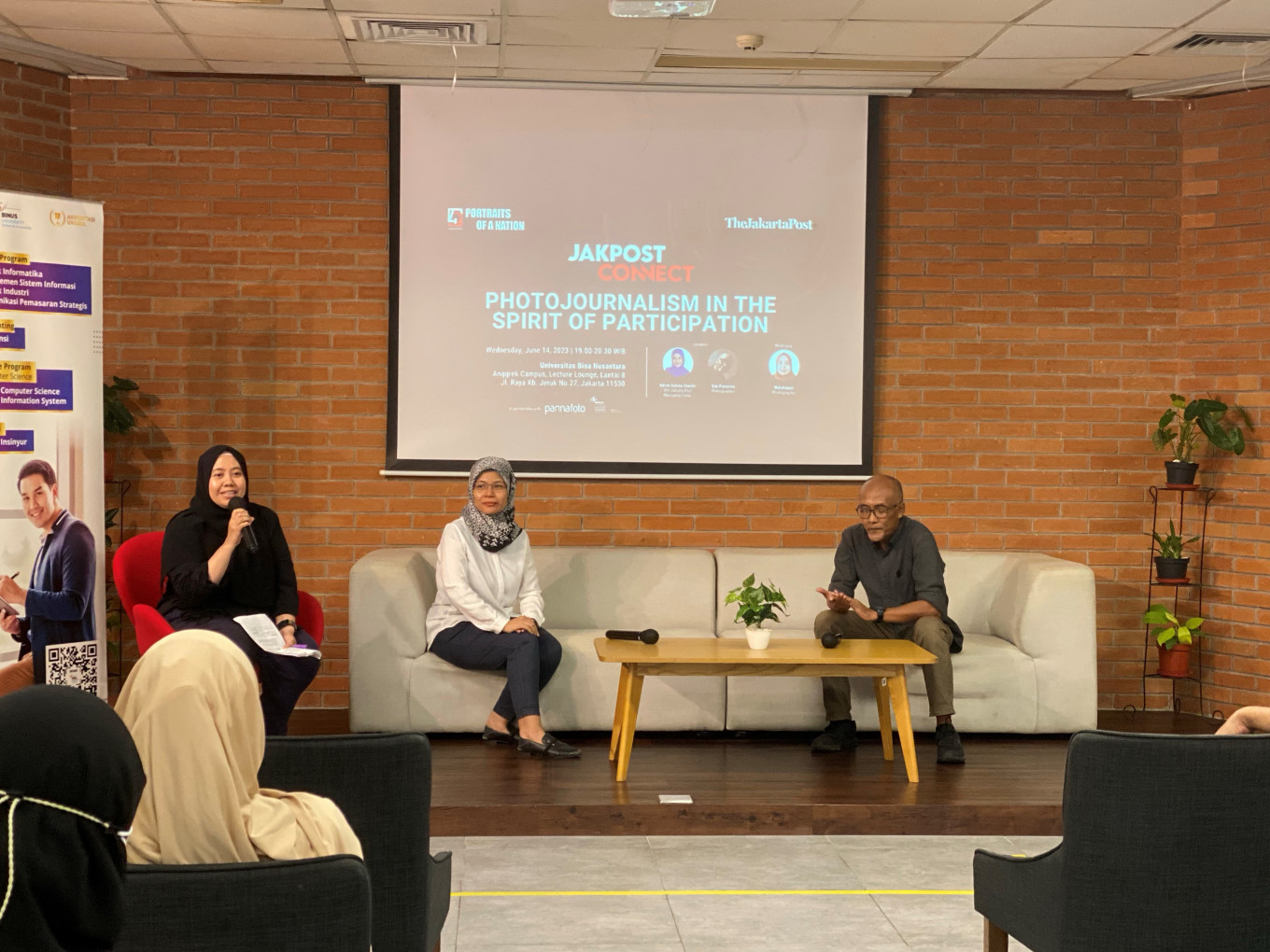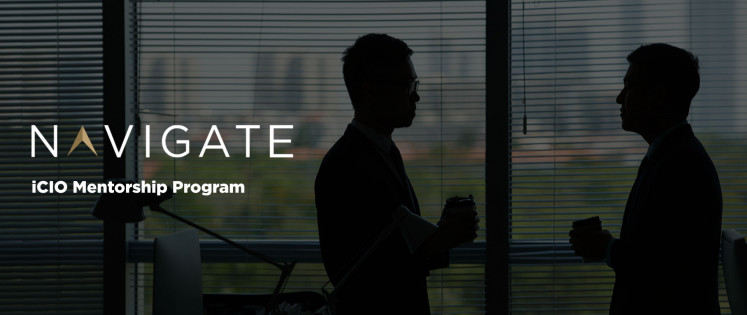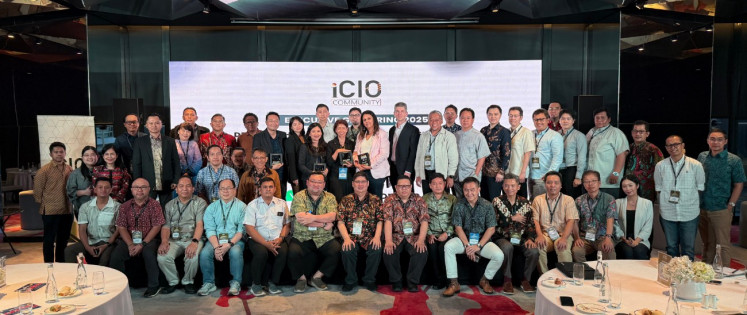Popular Reads
Top Results
Can't find what you're looking for?
View all search resultsPopular Reads
Top Results
Can't find what you're looking for?
View all search resultsOnce upon a photojournalism story
Change text size
Gift Premium Articles
to Anyone
Let us talk about the world of written records. A world of many truths.
Pick up a favorite photo of yours, for example. Look at the formation of objects across the space; its composition, lighting—a moment of life frozen in a single image. When you think about what the image speaks, to you, a story is created.
Held on Wednesday at Binus University, Anggrek Campus, The Jakarta Post in partnership with PannaFoto Institute graced the night with a captivating panel discussion on the theme Photojournalism in the Spirit of Participation.
Opened by moderator and photographer, Malahayati, the discussion invited Binus University graduate students, lecturers and aspiring photojournalists from West Jakarta to contemplate the evolution of visual storytelling within the nation and beyond. Adisti Sukma Sawitri and Edy Purnomo as guest panelists of the evening shared about their personal experiences in photojournalism and its evolution in the digital era, bearing fruitful discussions from the audience.
As managing editor of The Jakarta Post, Sawitri shed light on her own discoversion on the environment while uncovering truths of Indonesia’s progression through photojournalism. As a Master’s graduate in public policy, Sawitri continues to utilize her voice through journalism to advocate for injustice and political issues in Indonesia.
Her presentation highlighted the impact visual-format manipulation has on readers, as well as certain stylistic devices used to create some of the most memorable coverage at the Post since its first print in 1983. The political earthquake of Soeharto’s resignation in 1998 drove the Post to use its headline as an effective weapon and a reflection of tone – with the bold, “I QUIT”.
“Long ago, there were only two ways to capture the readers’ attention. First is the photo, second is the heading,” revealed Sawitri in her presentation.
President Jokowi’s election in particular was another of the Post’s milestones. Everyone is more fond of a photograph—a photo story, Sawitri says.
‘Sidewalk fighter’ was her most memorable from the archive because, “By the picture itself, it’s heroic.” Sawitri shared enthusiastically. “[The picture shows] a man walking [in the middle of the street] blockoing numerous motorcycles [with his arms] that wanted to cross the sidewalk.”
Leading photographer and author of fourteen-years’ worth of sterling photos compiled in his book Passing, Edy astounds the audience with a multisensory experience of visual arts.
“We live in an era of visual culture,” opened Edy, expressing how 93 percent of our brain is made up of image receptors because, “Seeing is believing.”
Edy broke a hidden truth.
The minute we allow our eyes to indulge in an image, in reality, we have already put our trust in it, we become vulnerable to the never-ending realm of its truths. Edy threaded this back to the concept of participating in democracy, the desire of becoming a witness. “The Picture with Haze” captured by Abriansyah, in particular, was a photograph calls for a social change.
“The third [purpose of visual storytelling] is how a visual storytelling becomes a call for empathy. Of course, visual story-telling entails the human conditions, and most importantly, invites the community to speak up, especially for victims, ” emphasized Edy.
Edy’s presentation invited the audience to submerge in the multisensory atmosphere of visuals and sounds, an exercise in the way our bodies make sense of the world, with sensations from presenting an image of a shower with the ambience of water droplets, to a disjointed combination of a bathroom and car-honks. The audiences’ reaction was of silent awe, showing the strength of multisensory journalism.
Both Sawitri and Edy reminded the audience that one key rule in photojournalism was “do not lie!” As we are in the midst of digital transformation, the question posed was how we build trust in today’s online world, especially since the newspaper now, for example, is just one part of the Post’s body – with social media being a driver of information.
“Everybody can take a good picture, but only a few can make a good story,” closed Edy in the panel discussion.
Topping off the enthusiasm of the audience and their sophisticated questions, students from the Binus University Graduate Program were encouraged to explore their curiosities further by exploring their place in the world of photojournalism. By joining the Post’s 40th Anniversary photo contest, themed A Voice for All: Capturing the Spirit of Participation, participants will be rewarded with the fruitful experience of self-discovery, of taking their place in the long and revered history of Indonesia’s photojournalism.










